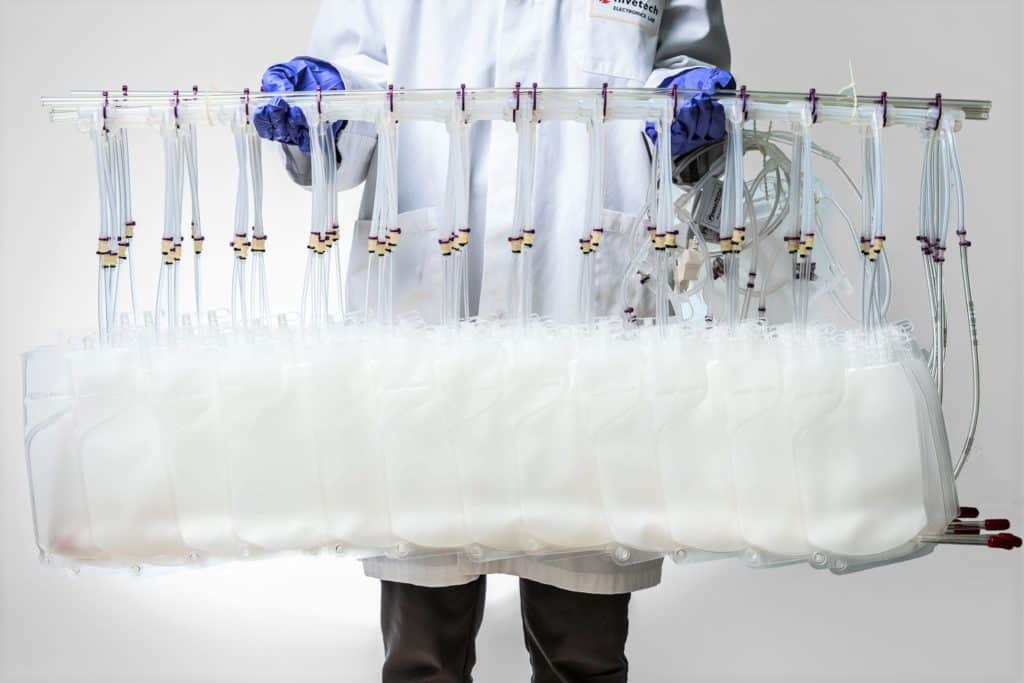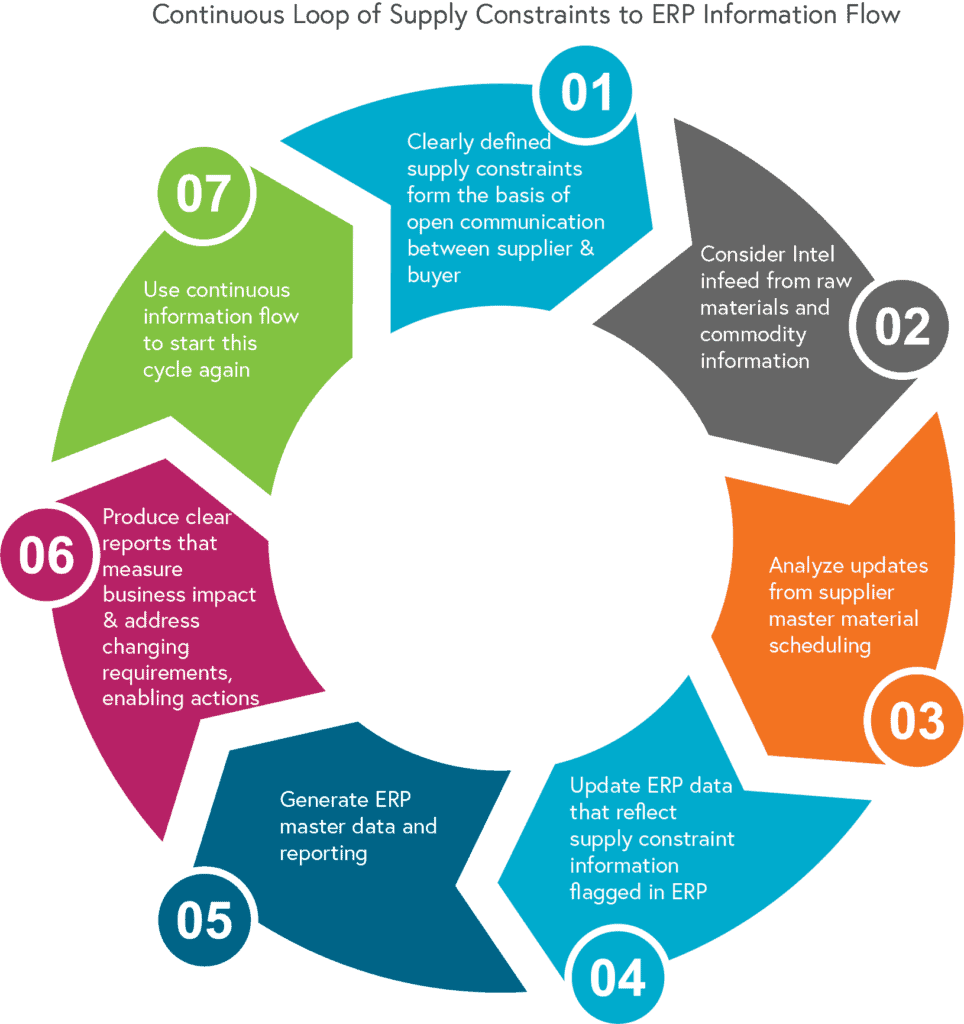
A month into 2022 and the global supply chain issues that were around in 2021 have not diminished – quite the opposite. The current wave of Omicron has exposed weaknesses in the global cell therapy supply chain beyond what we saw last year.
What does this translate to for cell therapy developers who rely on supply chain to run their clinical trials or to initiate commercialization efforts? In short, (even) longer lead times globally. Developers are not only experiencing primary supplier issues, but secondary supplier issues as Tier II suppliers are affected as well.
While there is no silver bullet to fix the ongoing global challenges, taking a proactive approach to your supply chain management can help alleviate some of the pressure.
These are the top five things that cell therapy supply chain professionals should focus on in 2022:


